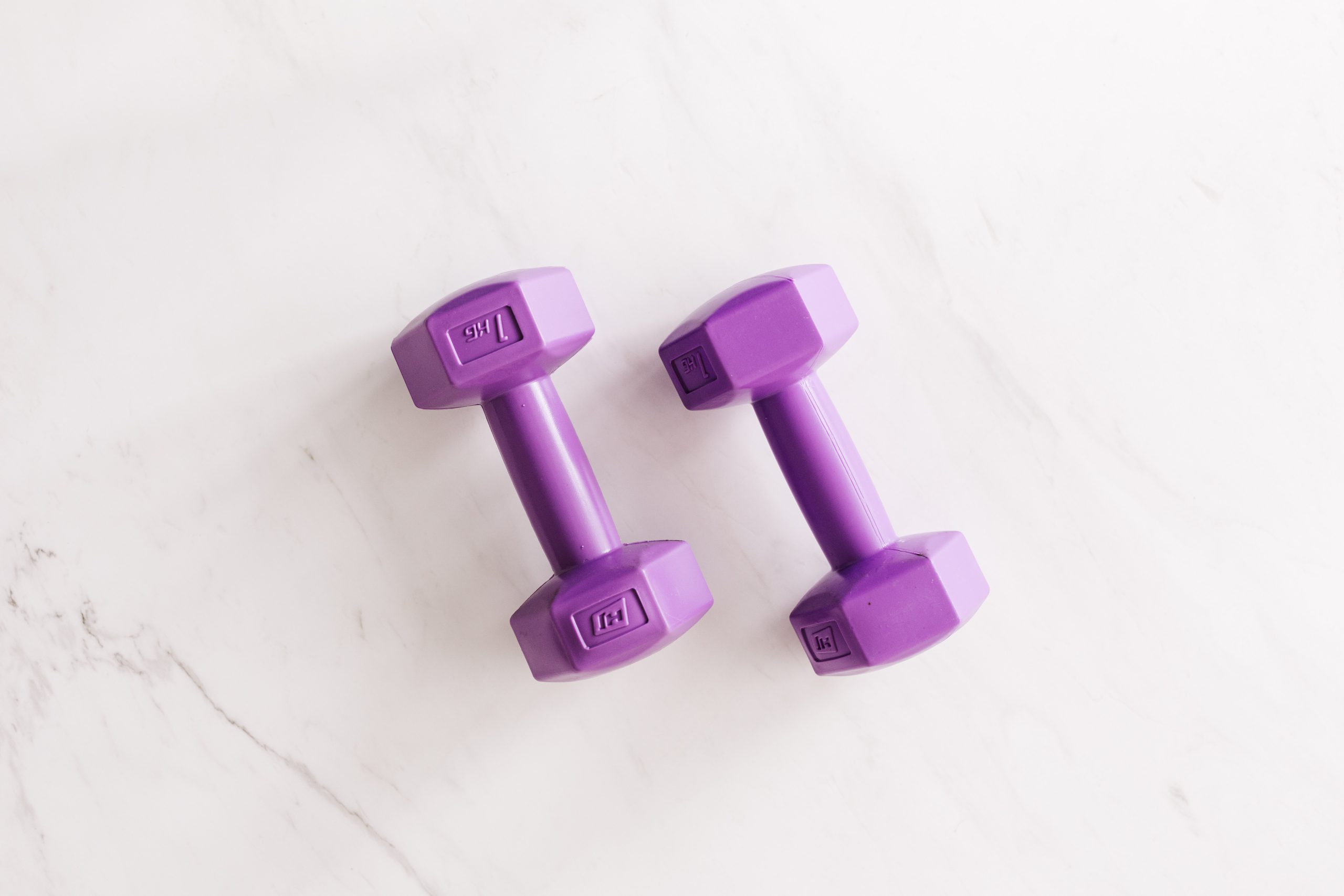Progressive overload is a technique used in strength training to gradually increase the demands placed on the body in order to continue making progress and adaptations. By gradually increasing the weight, reps, sets, or resistance over time, you can continue to challenge your muscles and see results. In this blog post, we'll explore the science behind progressive overload and how to incorporate it into your workout routine.
The principle of progressive overload is simple: the body adapts to the demands placed on it, and in order to continue making progress, those demands must be increased over time. This can be achieved by increasing the weight, reps, sets, or resistance of an exercise. For example, if you are currently lifting a 10-pound weight for 8 reps, you can gradually increase the weight to 12 pounds and then 15 pounds, or increase the reps to 10 and then 12.
Progressive overload is important because it helps to prevent plateaus, which occur when the body becomes accustomed to a certain level of stress and no longer adapts. When this happens, progress comes to a halt and it becomes difficult to see results. By gradually increasing the demands placed on the body, you can continue to challenge the muscles and see progress.
How to Apply Progressive Overload to Your Training
Cardio and Strength
Progressive overload can be applied to both cardio and strength training exercises. For cardio exercises, it can be achieved by increasing the intensity, duration, or frequency of the workout. For example, if you are currently running 3 miles in 30 minutes, you can gradually increase the distance to 4 miles, or decrease the time to 28 minutes. In strength training, progressive overload can be achieved by increasing the weight, reps, sets, or resistance of an exercise, as mentioned earlier.
Proper Form and Technique
Another important aspect of progressive overload is proper form and technique. It's important to make sure that you are using the correct form and technique when performing exercises in order to avoid injury and get the most out of your workout. When increasing the weight, reps, sets, or resistance, make sure to do so in small increments and pay attention to how your body feels. If you experience pain or discomfort, it's important to back off and adjust the weight, reps, sets, or resistance accordingly.
Vary Your Workout Routine
In addition to progressive overload, it's also important to vary your workout routine. Doing the same exercises over and over again can lead to boredom and a lack of progress. By varying your exercises, you can target different muscle groups and keep your body challenged. This can be achieved by rotating exercises, using different equipment, and incorporating different types of training such as HIIT, circuit training, and periodization.
Athletes (Increasing Intensity)
Progressive overload is also important for athletes and those who are looking to compete in a sport. It allows them to gradually increase the intensity of their training in order to improve their performance. By gradually increasing the weight, reps, sets, or resistance, athletes can improve their strength, power, and endurance, which in turn can improve their performance in the sport. Progressive overload can be incorporated into the athlete's training program in a number of ways, including periodization, micro loading, and linear periodization.
For Injury or Illness Recovery
Progressive overload is also beneficial for older adults and those who are recovering from injuries or illnesses. As we age, our bodies lose muscle mass, which can lead to a decrease in strength and mobility. Progressive overload can help to counteract this by gradually increasing the demands placed on the body, which can lead to muscle growth and an improvement in overall fitness. Additionally, those recovering from injuries or illnesses can also benefit from progressive overload as it allows them to gradually increase the intensity of their training without causing further harm to their bodies.
In conclusion, progressive overload is a technique that is essential for achieving progress in your fitness journey. It allows you to gradually increase the demands placed on your body in order to continue making progress and adaptations. By increasing the weight, reps, sets, or resistance over time, you can continue to challenge your muscles and see results. Alongside progressive overload, it is important to pay attention to proper form and technique, vary your workout routine and also consider other aspects such as nutrition, rest and recovery. By incorporating progressive overload into your workout routine, you'll be able to achieve your fitness goals and build a lean physique.
